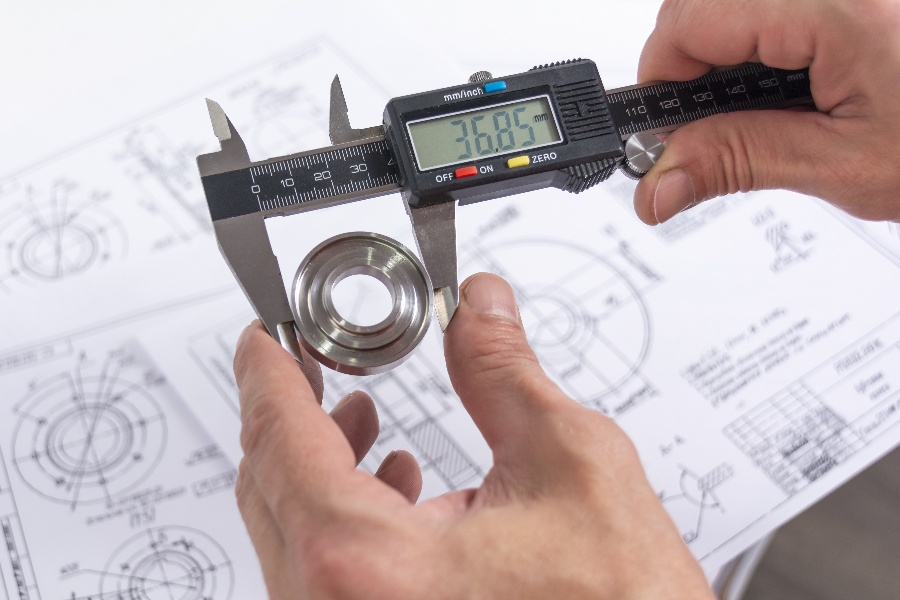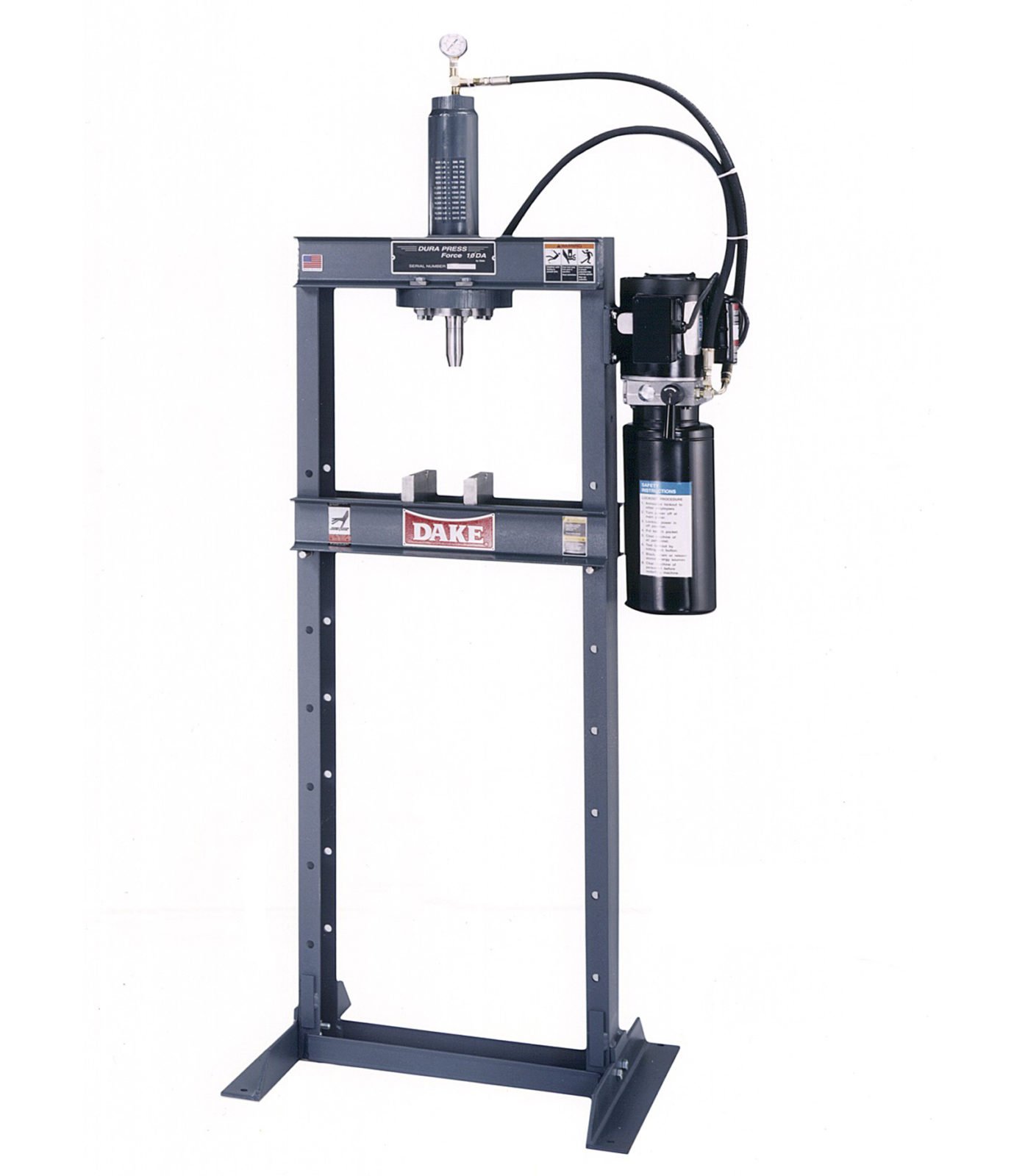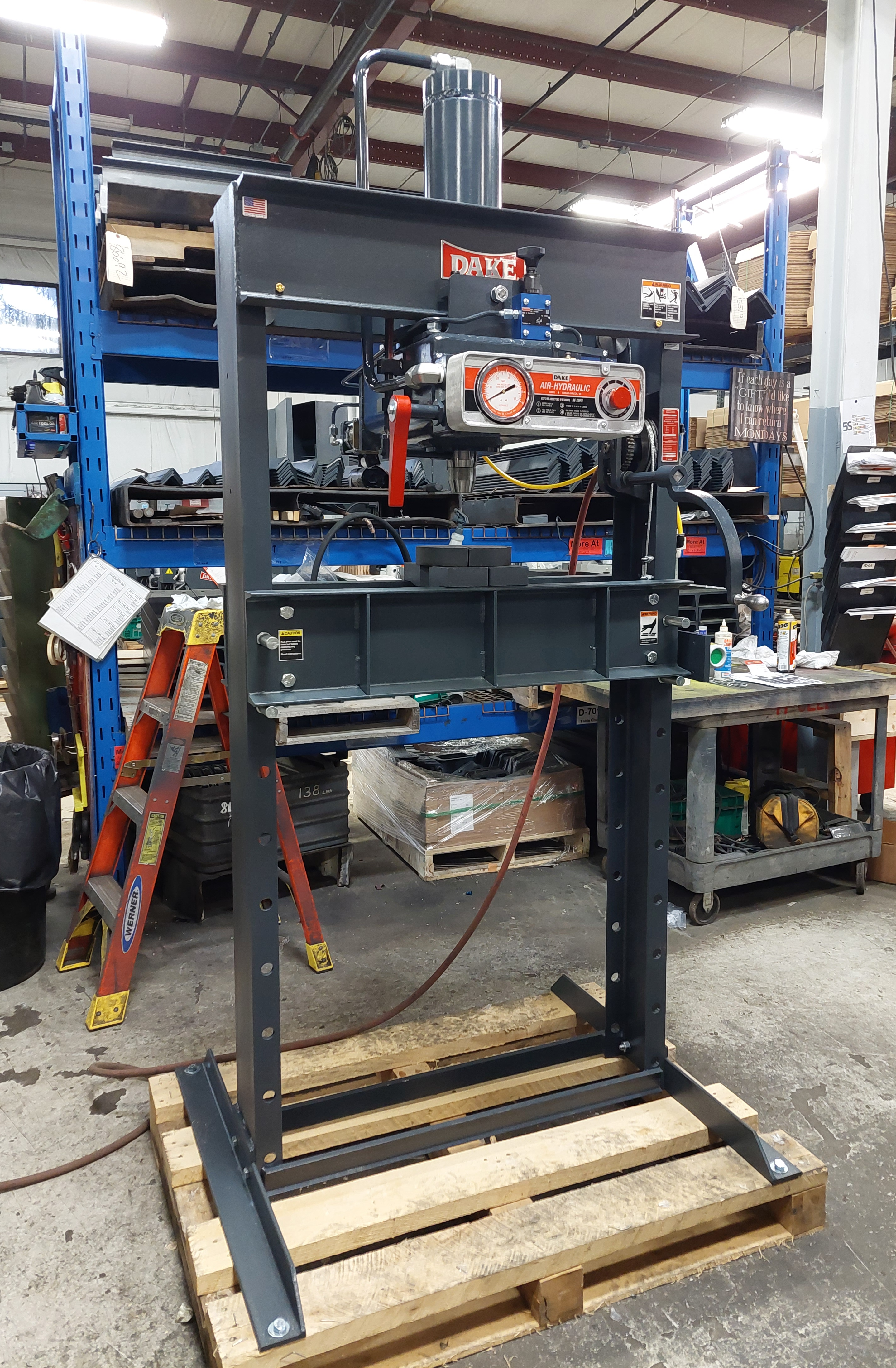No matter what kind of metal parts your metalworking shop produces, there’s an inspection that needs to be passed before you can make them available for sale.
Even if you are inspecting your products yourself, quality assurance is how you build a solid reputation and keep your customers happy.
For larger metalworking shops that produce metal parts for airliners, trucking companies, or other large corporations, official inspections must be passed regularly. The requirements for some of these inspections can be quite stringent.
As a guide, here are a few tips to help you pass parts inspection with flying colors.
Quality Management
The two most important aspects of quality management are traceability and quality assurance. Your team needs to be able to control the entire metalworking process from start to finish in order to ensure that every part is up to par.
The parts must undergo testing to ensure they are working properly, and those test results documented. This way, if an issue arises with the part later on, you can easily trace the production process to find out where the problem occurred.
Quality assurance procedures includes every step of the manufacturing process. It begins with testing raw materials that are shipped to your factory from another company, and it ends with the shipment of finished metal parts. In-between the start and the finish, good quality assurance procedures include monitoring every step in production, machine check-ups, and final testing on the parts that have been produced.
While it may not be practical to test every single part that is made on your shop floor, we recommend that you randomly pull parts to undergo testing throughout the production process. This will ensure that the batch is on the right track. Occasionally, you can run a 100% quality assurance test on all parts.
To get quality assurance testing done quickly, you can invest in 3D inspection systems that will instantly detect all sorts of defects including deburring, rounding, and other types of surface issues.
Depending on the system you get, some of the features may include flaw size, fault rate, and the rate of failure. These features serve as cross-check points that can help prevent future issues with the production process.
Many of these 3D systems can be incorporated into the machines, and you can even provide customers with the test results.
However, you may find that the raw materials were the issue instead of your production process. If the problem is with your manufacturing process, then you can address it, remedy it, and ensure that it doesn’t happen again.
Production Issues
No matter how perfect your production process may be, errors can sometimes occur. Faults can happen at some point throughout the production line. It could be from an issue with the chemical composition which causes premature wear on a casting.
This could result in uneven temperature which causes micro-cracks to form on the metal part. Other faults in the production line may be impact marks, scratches, and other surface imperfections.
The machine isn’t always the root cause of the problem. Sometimes, human error can cause production errors as well. If you find that human error is resulting in too many quality assurance issues, then new training methods or other remedial actions may be in order.
Testing Equipment
The testing equipment that you can use throughout your production line may vary depending on the type of machines you run and products you make.
Testing equipment is designed to measure specific mechanical properties of finished parts like hardness and strength. To determine if a part meets the required consistency and composition, you need to perform both a density measurement and a spectrometer analysis.
These are two non-destructive testing methods that can give you vital information about the part’s surface quality. We recommend 3D measuring machines, roughness measuring machines, and measuring microscopes.
To test the interior portion of a metal part, you can perform the bubble test. Sometimes during the production process, air or gases are not able to escape before the molten metal part hardens. If the part is then heated, the trapped gases will expand underneath the surface of the metal and blisters will form. To detect bubbles or blisters inside the metal part, you can use radioscopy.
An X-ray device used to perform the radiographic examination will let you know if there are any gas bubbles inside the part. It can even tell you where the blisters are and how big they are. Furthermore, an X-ray device will be able to give you crucial information about the part’s wall thickness and inner contours.
If you want to test for micro-cracking, there are two methods you can use. The first is ultrasonic testing, and the second is a dye penetration test. A visual exam may also be sufficient to detect cracks, but the ultrasonic and dye penetration tests will give you rock-solid results.
All of the aforementioned test results can be provided to the customer for quality assurance.
Traceability
Most metal parts have a serial number stamped on them. This is to ensure traceability. If an issue arises with a particular part, your team will be able to figure out what went wrong and where. Defective parts can be identified quickly, and the issue can be addressed.
Parts that are defective can either be reworked or remade completely from scratch. With strict regulations evolving constantly, quality assurance testing is essential to running an efficient metalworking business.
The key to passing parts inspections with flying colors is to have well-trained employees who are focused on producing high-quality products. Cultivating a quality-conscious work environment will ensure the highest rate of success.
Get in Touch
Metalworking equipment play a major role in the production process. That’s why you need to ensure that your metalworking machines are in tip top shape and can perform flawlessly. To learn more about our products, get in touch with our experts here at Dake today.
-1.jpg?width=1200&height=525&name=DAKE003_%20Logos_Red%20(002)-1.jpg)

.jpg)

